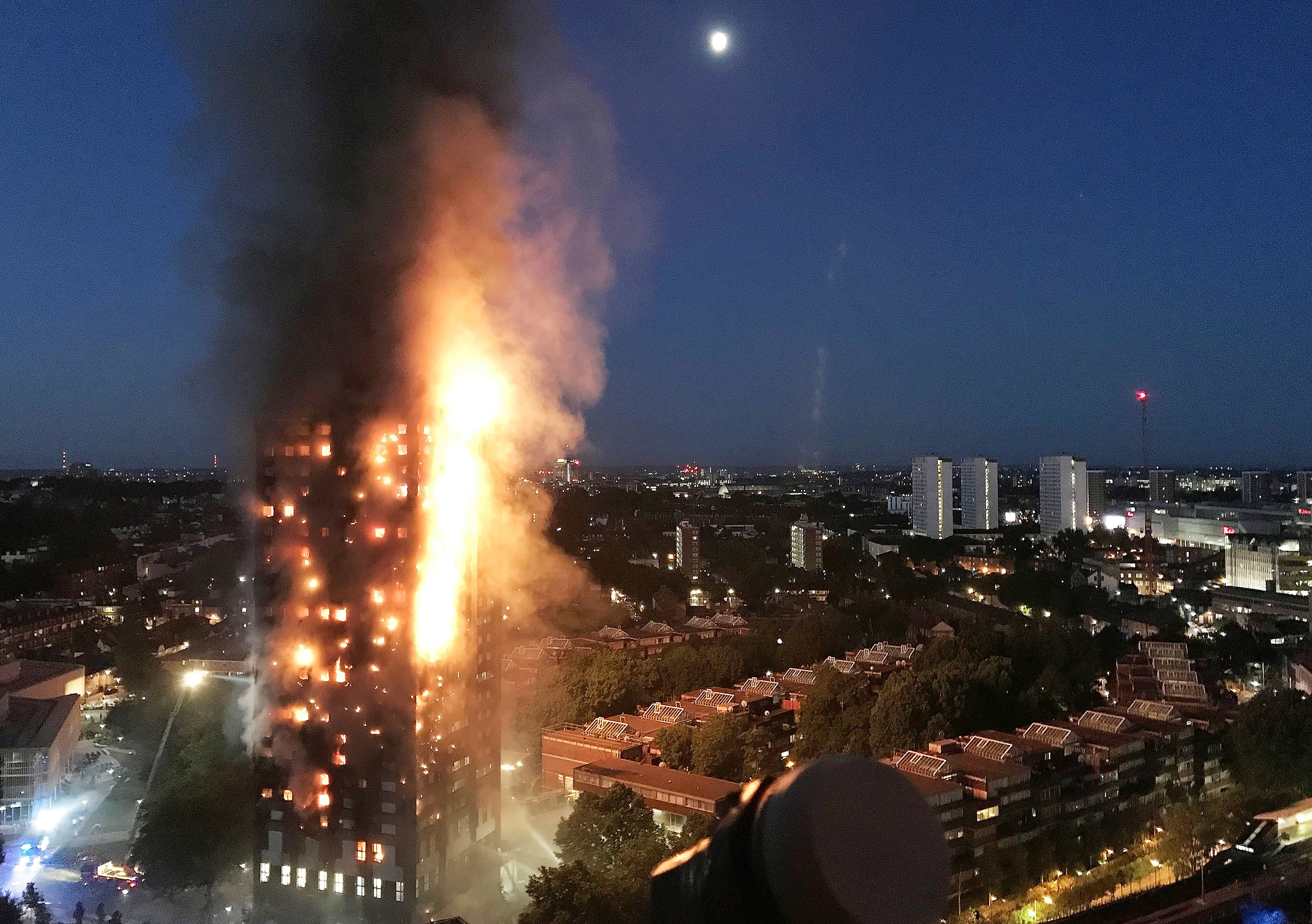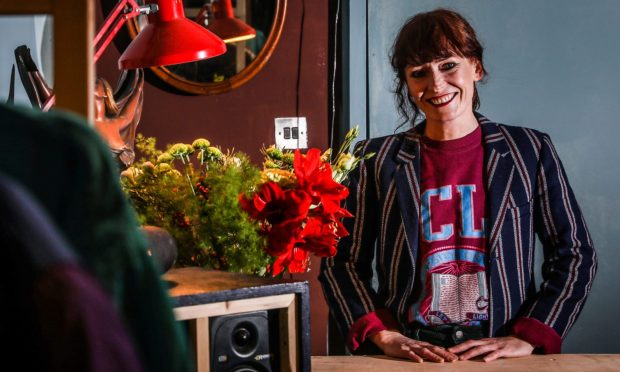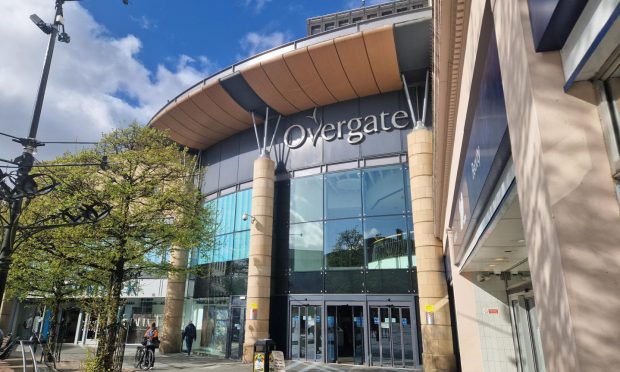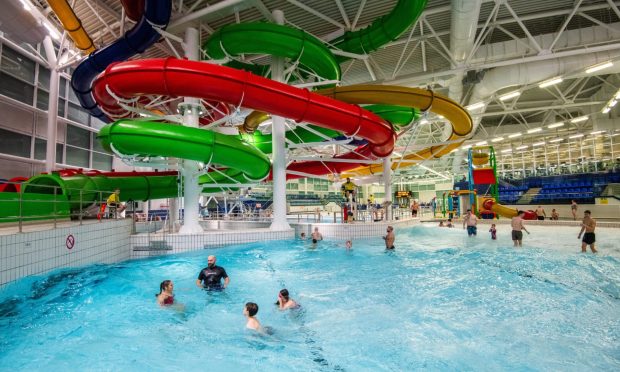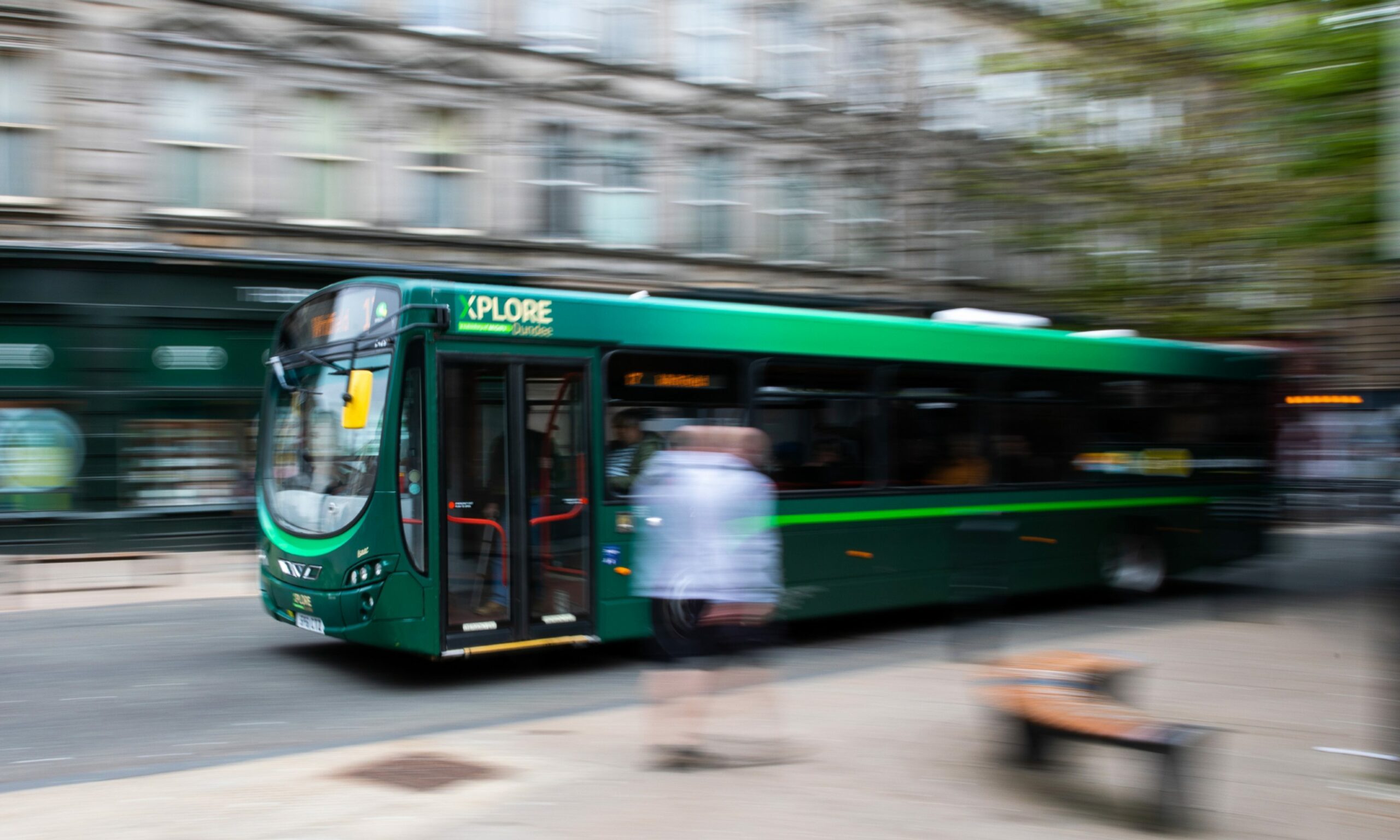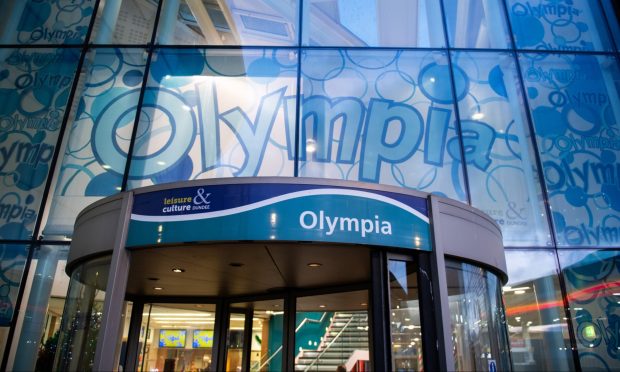Urgent action is needed to tackle Scotland’s dismal record for electrical fires in order to prevent a repeat of the Grenfell Tower tragedy.
The warning has come from the charity Electrical Safety First (ESF) following the publication of new figures which show a disproportionate number of cases north of the border.
Across the country in 2016, there were 3,724 electrical fires, resulting in nine deaths and 598 casualties.
ESF says faulty white goods are largely to blame, along with inconsistencies between safety standards in private and social housing and homeowners misusing electricity supplies.
It is warning urgent action is needed to drive up standards and to prevent a repeat of the Grenfell Tower disaster, which was started by a fridge freezer.
Last year, 242 fires north of the border were caused by faulty white goods, the equivalent of more than four a week, according to ESF.
Dundee had more electrical fires than almost any other district in Scotland last year.
The city recorded 170 cases, the equivalent of 12 per 10,000 people, in 2016.
Only West Dunbartonshire reported more.
In Scotland, there were seven fires per 10,000 people. According to ESF, this is “considerably” higher than the same figures for England.
ESF is calling on the Scottish Government to tackle the issue.
It wants to see the number of electrical fires reduced by 10% over the next five years.
Wayne Mackay, deputy public affairs manager at Electrical Safety First, said: “Faulty white goods, a disparity in electrical safety standards for housing tenures, and misuse of electricity are a toxic mix that is causing hundreds of people to be killed or injured across the country each year.
“Immediate action is needed by the Scottish Government to reduce this number. If the government fails to implement these changes then it is likely that we will see further tragedies such as those seen at Grenfell Tower, Shepherd’s Court and Lakanal House.”
Assistant chief officer, David McGown, director of prevention and protection with the Scottish Fire and Rescue Service (SFRS), said: “The SFRS fully supports any initiatives designed to reduce the occurrence of electrical fires and keep communities safe.
“Specialist fire investigation officers routinely investigate such incidents which may involve white goods, and monitor trends. We routinely share any intelligence with manufacturers, industry experts and partner organisations.
“The SFRS continues to work closely with Trading Standards and key safety groups, such as Electrical Safety First, to ensure that the general public are made aware of any emerging safety risks.
“We would encourage the public to register their domestic appliances to ensure that they are kept up to date with product recall information.”
A spokesperson for the Scottish Government said: “Across Scotland, the total number of fires responded to by SFRS have fallen significantly over the past decade, declining by 46% between 2006/07 and 2016/17.
“We are confident that our fire service take the issue of electrical fires very seriously, with specialist officers who investigate such incidents, close cooperation with partner organisations and work to inform and educate the public in how to minimise the fire risks posed by domestic appliances.”
